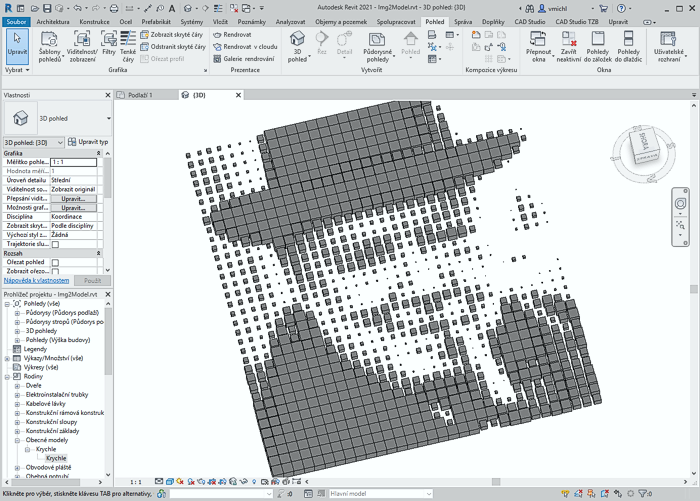
Also, a great resource for third-party libraries is the Dynamo package manager. If you're new to the game, get on the discussion forum and start posting questions! If you're a programmer and want to get involved in Dynamo's development, check out the github page. Dynamo’s community is made of architects, engineers, programmers, and designers who all have a passion for sharing and making.ĭynamo is an open-source project that is constantly evolving, and a lot of development is Revit-related. Since Dynamo was originally created for AEC, its large and growing community is a great resource for learning from and connecting with experts in the industry. For more information on freezing nodes, check out the "Freezing" section in the solids chapter. If Dynamo is taking a long time to calculate nodes, you may want to use the "freeze" node functionality in order to pause the execution of Revit operations while you develop your graph. Since Revit is a platform which provides robust project management, parametric operations in Dynamo can be complex and slow to calculate. If a Dynamo for Revit graph is opened in Dynamo Sandbox for example, the Revit nodes will be missing. *Note - By using the Revit-specific family of nodes, the Dynamo graph will only work when opening in Dynamo for Revit. This is a comprehensive addition to the UI which offers nodes specifically catering to Revit workflows.* When opening Dynamo in Revit, there is a new category called "Revit".Take note: Dynamo will run only in the file in which it was opened. In a Revit project or family editor, navigate to Addins and click Dynamo.With Dynamo, tedious workflows can be automated while design explorations can thrive. Using the core Dynamo nodes in tandem with custom Revit ones, a user can substantially expand parametric workflows for interoperability, documentation, analysis, and generation. Dynamo seeks to democratize Revit data through an approachable graphical algorithm editor. And programmers have been using this API for years, but text-based scripting isn't accessible to everyone. Revit hosts a comprehensive API (Application Program Interface), allowing third-party developers to create custom tools. While Revit creates a robust database for every project, it can be difficult for an average user to access this information outside of the constraints of the interface. With a dedicated team of developers and a passionate community, the project has come a long way from its humble beginnings.ĭynamo was originally created to streamline AEC workflows in Revit. Revit VersionĢ.1.0 - Revit 2020+ now includes Dynamo and receives updates as Revit does.) Below outlines which versions of Dynamo for Revit are compatible with Revit. Revit Version CompatibilityĪs both Revit and Dynamo continue to evolve, you may notice that the Revit version you are working with is not compatible with the Dynamo for Revit version you have installed on your machine. But first, let's talk about the beginnings of the program.

Sections are primarily exercise-based, since jumping right into a project is the best way to get familiar with a graphical algorithm editor for BIM.

This chapter focuses on the Dynamo workflows for BIM. Its flexibility, coupled with a robust Revit database, offers a new perspective for BIM. Surfaces: Interpolated, Control Points, Loft, Revolveĭynamo for Revit extends buildin g information modeling with the data and logic environment of a graphical algorithm editor. Translation, Rotation, and Other Transformations


 0 kommentar(er)
0 kommentar(er)
